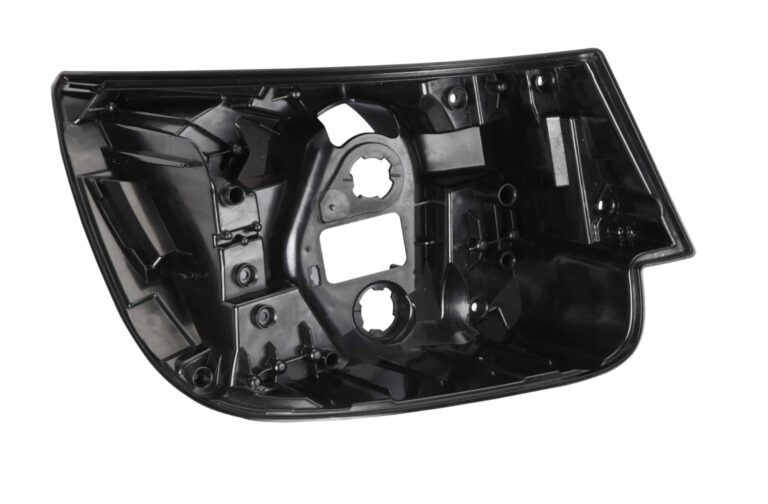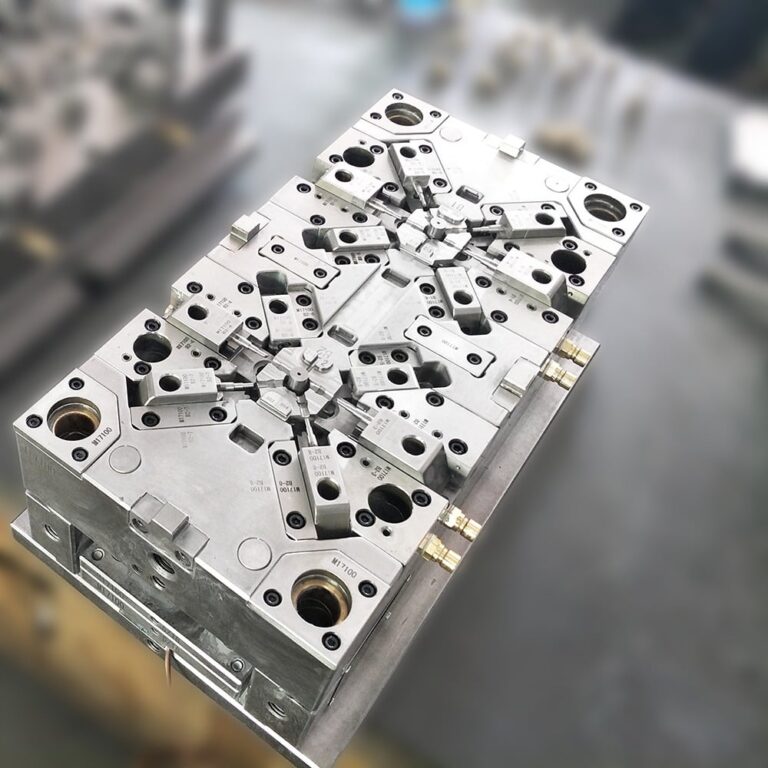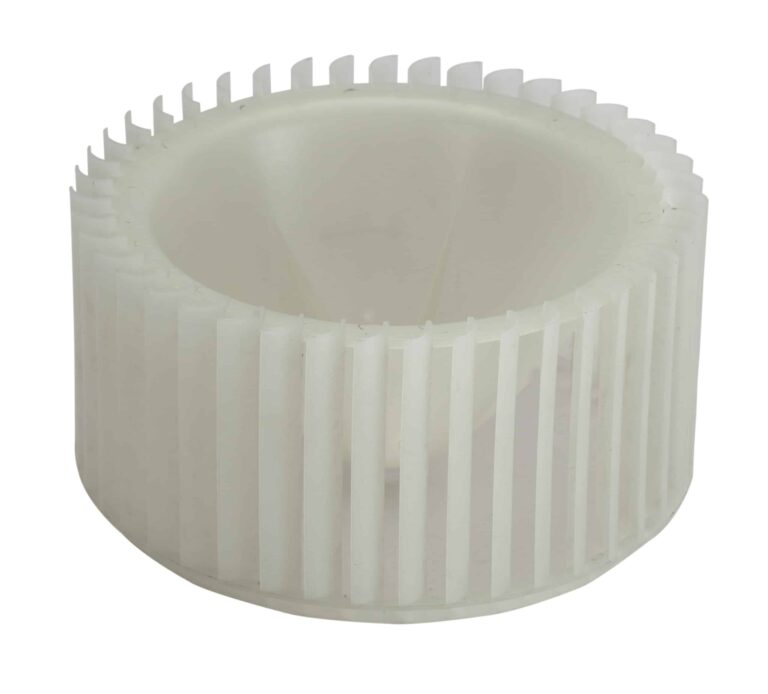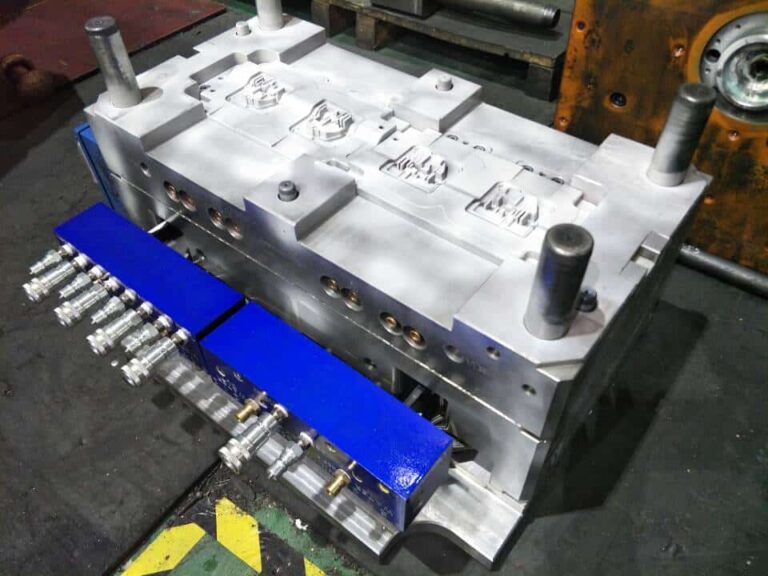Type and Application of Hot Runner System for Injection Mold
In the application of hot runner technology, the correct choice of gate type is very important. Gate type directly determines the selection of hot runner system components and the manufacture and use of molds. Therefore, according to the different gate types, the hot runner system can be divided into three types: hot tip hot runner system, sprue type hot runner system and valve type hot runner system. Each type of hot runner system has its important application characteristics and scope of application.
Many factors need to be considered when selecting the type of gate and hot runner system, among which the most important are the type of plastic matrix and additives, the weight and size of the parts, the wall thickness, the quality requirements of the parts, the tool life and the production requirements of the parts.
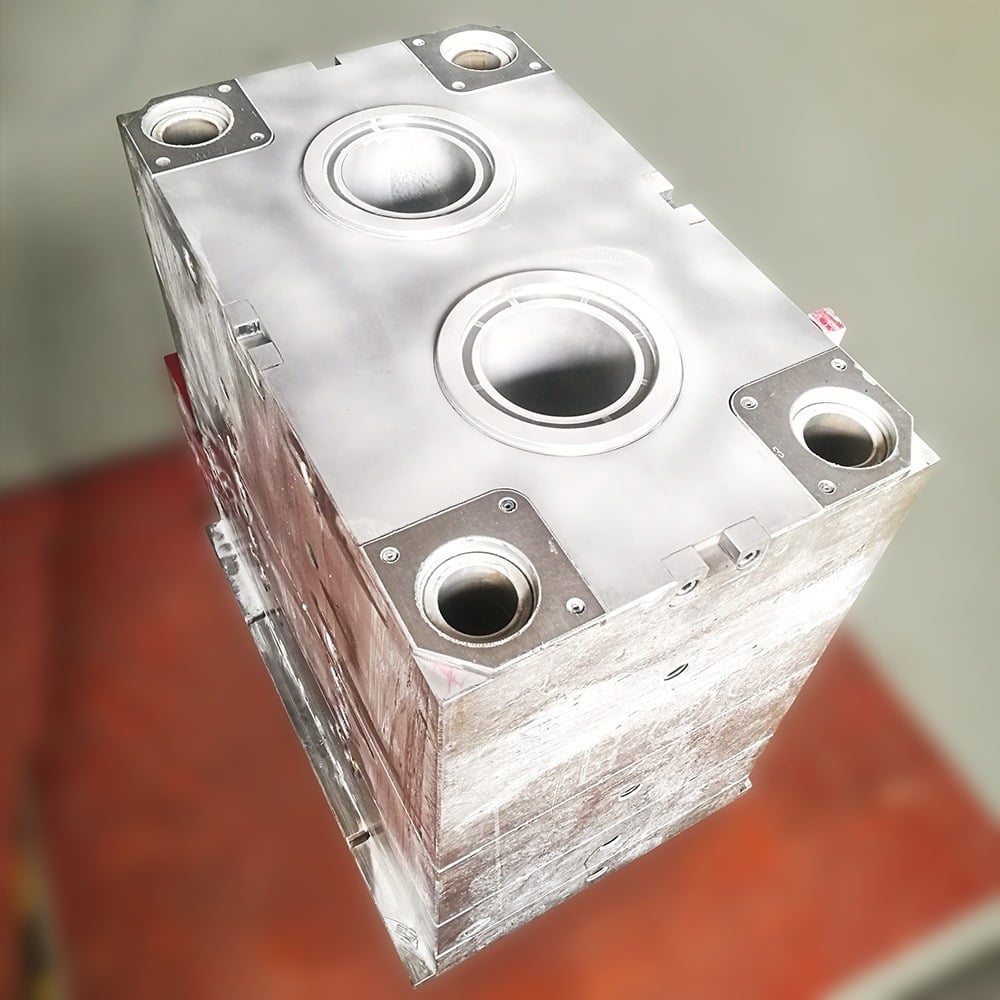
1. HOT TIP
Its working principle is to precisely adjust and control the plastic molding processing temperature at the gate by combining the HOTTIP insert at the front end of the nozzle with the cooling system. Therefore, the material and shape design of nozzle insert HOTTIP are very important.
Hot tip hot runner system can be used to process most crystalline and amorphous plastics such as PP, PE, PS, LCP, PA, PET, PBT, PEEK, POM, PEI, PMMA, ABSPVC, PC, PSU, TPU, etc. Generally speaking, the hot tip gate is mostly used for the processing of small and medium-sized parts, especially for the processing of small and medium-sized parts.
The gate section diameter is mostly 0.5mm-2.0mm. The determination of gate section diameter is mainly determined by the weight and wall thickness of the parts, and of course, the quality requirements of materials and parts should also be considered. If the gate with smaller section diameter is used, the gate will be closed quickly after the injection filling stage, the gate trace on the part will be small, and the part surface will be beautiful and quality will be good.
If the diameter of the gate is too small, the shear rate of the plastic will be too high when flowing through the gate, which will seriously damage the molecular chain structure of the plastic melt or the added materials in the plastic, resulting in unqualified products that cannot meet the use requirements. In the selection of gate size, it is a common practice to preliminarily determine the gate size according to the wall thickness at the part gate: gate diameter=(0.75-1.0) the wall thickness at the part gate. The smaller value shall be used for processing the plastic that is easy to flow, and the larger value shall be used for processing the plastic that is difficult to flow or is sensitive to shearing.
Usually the hot tip gate is directly opened on the part, or it can be opened on the cold runner and then the cold gate is opened on the part. This is a mold system combining hot runner and cold runner. When hot tip gates are used to make plastic parts, there will always be more or less gate traces left on the parts. In many cases, the gate trace will be higher than the part surface, affecting the beauty of the part or the assembly with other parts. Therefore, when selecting the gate location, the gate shall be placed at the recessed and concealed place on the part as far as possible.
2. Sprue Gating
In the casting hot runner system, the plastic enters the mold cavity through the open runner (OPENPIPE). The plastic flow pressure loss at the gate is small. The runner type hot runner system is more suitable for injection molding of parts with medium size and weight.
The advantages of using the runner type hot runner system are that the plastic experienced low shear rate when flowing through the gate to fill the mold, the residual stress of the part after molding is small, the deformation degree is small, and the mechanical strength of the part is relatively good. Compared with the hot tip gate, the size of the sleeve gate is larger, so the gate trace may be larger.
Therefore, in general, plastic injection molding method is often used for molds with strict requirements on gate aesthetics; However, the internal structural parts that do not require a high aesthetic level of the gate can be manufactured by the jacket type hot runner system. It is also often used in combination with the cold runner, that is, the sprue nozzle is used as the main runner, and the sprue gate is opened on the cold runner. In this application, the sprue can be opened larger to facilitate plastic flow, because no one cares about the size of the gate trace on the cold runner.
Similar to the application of hot tip hot runner system, the control of plastic temperature and mold temperature at the gate is extremely important. A separate cooling circuit is required around the gate. Because the size of the sleeve type gate is relatively large, if the temperature at the gate is not well controlled, it is more likely that the gate cannot seal the plastic flow after mold opening. The nozzle insert of the sprue type hot runner system also has a variety of sizes, shapes and manufacturing materials. The type of plastic to be processed (such as crystalline plastic or amorphous plastic) and the cooling condition of the gate should be considered comprehensively.


